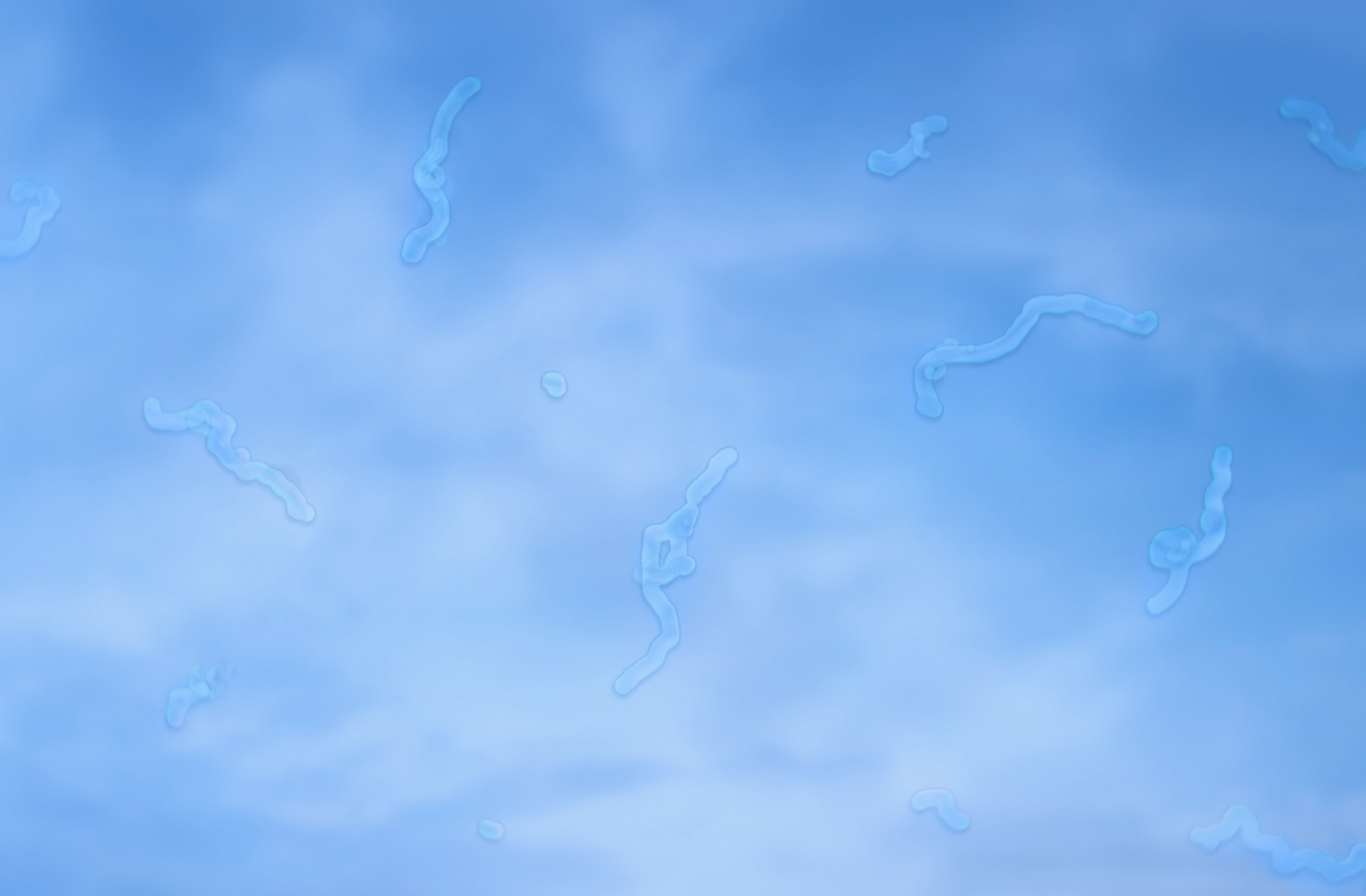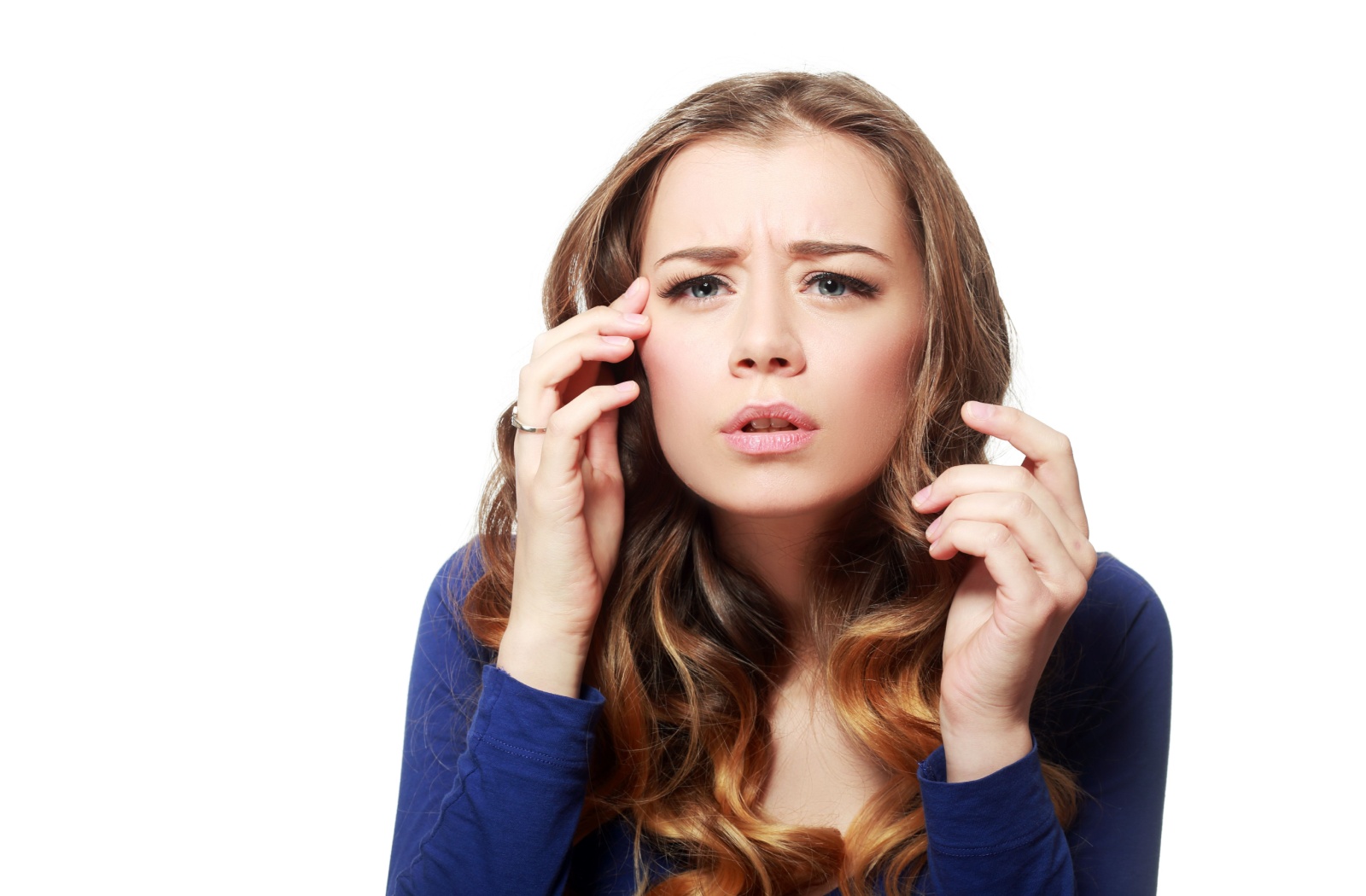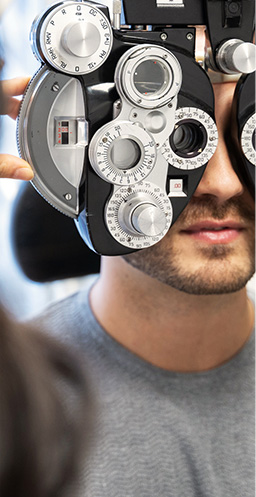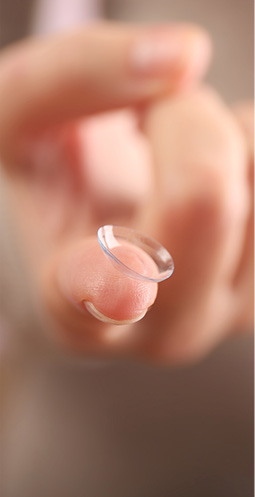Dry eyes and floaters are two different issues, but sometimes they can feel like they’re connected.
Dry eyes occur when your eyes are not producing enough tears or your tears evaporate too quickly. This can cause discomfort, redness, and blurry vision. Floaters, on the other hand, are small spots or lines that appear in your field of vision. They’re caused by changes in the vitreous humor (the gel-like substance inside the eye).
Research indicates that there’s no direct link between dry eyes and the development of floaters. Experiencing both is more likely attributed to shared risk factors, such as age, rather than one condition triggering the other.
If you’ve developed either condition, consult an eye care professional for a proper diagnosis and effective treatment.
What are Dry Eyes?
Dry eyes occur when your tear glands don’t produce enough tears or create poor-quality tears, leaving your eyes insufficiently lubricated. This causes discomfort, irritation, and sometimes blurred vision. Surprisingly, watery eyes can also be a symptom, as your body tries to compensate for dryness. Other common symptoms include:
- Grittiness
- Redness
- Burning
- Blurred vision
There are two main types of dry eye:
- Aqueous deficient dry eye occurs when the lacrimal glands don’t produce enough of the aqueous layer, the thickest part of the tear film. This type includes Sjogren Syndrome Dry Eye and Non-Sjogren Dry Eye.
- Evaporative dry eye happens when the meibomian glands don’t produce enough oil (meibum) to keep tears from evaporating too quickly, leading to discomfort.
What are Floaters?
Floaters are small spots, specks, or lines that appear in your field of vision. They’re caused by changes in the vitreous humor, a gel-like substance inside the eye that helps maintain its shape. As we age, the vitreous humor becomes more liquid and can shrink or clump together, resulting in floaters.
While floaters may be bothersome, they typically don’t cause any harm to your eyesight. However, if you suddenly experience a large number of new floaters or flashes of light in your vision, this could be a sign of a retinal tear or detachment. In such cases, it’s important to seek immediate medical attention.

Treating Dry Eyes & Floaters
If you’re experiencing dry eyes or floaters, we offer a range of advanced, personalized treatments to address your symptoms and improve your eye health. From in-office therapies to effective at-home solutions, our clinic provides comprehensive care tailored to your needs.
Dry Eye Treatments
- Intense Regulated Pulsed Light Therapy (IRPL): This non-invasive treatment uses precisely calibrated light pulses applied to the upper cheeks to target meibomian gland dysfunction, the leading cause of chronic dry eye. IRPL not only improves gland function and reduces inflammation, but it can also prevent gland atrophy. The treatment involves a total of 4 in-office sessions which provide prolonged relief. Periodic maintenance sessions may be recommended.
- Jett Plasma Pen: A tool used for treating meibomian gland dysfunction (MGD), blepharitis, demodex, chalazion, and can also be used to reduce fine lines and wrinkles.
- Meibomian Gland Expression: For moderate to severe meibomian gland dysfunction, this treatment uses heat to loosen gland clogs, followed by gentle manual expression to restore proper oil flow.
- BlephEx: A specialized treatment to exfoliate the eyelid margins, removing debris and improving tear gland function. Ideal for blepharitis, it alleviates inflammation and reduces dry eye symptoms.
- At-Home Treatments: We offer a variety of options, including preservative-free eye drops, heated eye masks, lid hygiene wipes, and Omega-3 Dry Eye supplements. These can be combined with in-office treatments to maximize relief and manage symptoms effectively.
Treatments for Floaters
- Observation: Many floaters don’t require treatment, as they often improve over time.
- Vitrectomy: For severe cases affecting vision, this surgical procedure removes clumps in the vitreous gel for significant visual improvement.
Prevention Tips
While you can’t prevent all cases of dry eyes or floaters, there are lifestyle changes and habits that can lower your risk and protect your eye health:
- Stay hydrated: Drinking plenty of water keeps your body and eyes functioning well, reducing dryness. Aim for 8 glasses daily and limit caffeine and alcohol, which can dehydrate you.
- Take breaks from screens: Digital screens cause eye strain and dryness. Follow the 20-20-20 rule: every 20 minutes, look at something 20 feet away for 20 seconds. Blink often to prevent dryness, and adjust screen brightness to reduce glare.
- Wear sunglasses: UV rays can damage your eyes and increase the risk of cataracts and macular degeneration. Choose sunglasses that block 100% of UV rays, and opt for wraparound styles for extra protection.
- Quit smoking: Smoking harms your eyes, increasing the risk of dry eyes, cataracts, and macular degeneration. Quitting improves your overall health and reduces eye-related risks.
- Eat a healthy diet: Foods rich in omega-3s like salmon and walnuts improve tear quality, while leafy greens, carrots, and citrus fruits provide vitamins for better eye health.
Prioritizing Your Eye Health with Comprehensive Care at Stoney Creek Eye Care
Dry eyes and floaters aren’t directly connected, but both can affect your eye health and vision. It’s important to address symptoms and seek professional care if needed. Treating dry eyes can ease discomfort and may lower the risk of floaters later on.
At Stoney Creek Eye Care, your vision and comfort come first. We offer comprehensive eye exams to assess your eye health and create personalized treatment plans. Whether you’re dealing with dry eyes or other conditions, our team is here to help. Your eyesight is essential to your quality of life, and we’re dedicated to helping you see and feel your best. Contact us today to schedule an appointment.









